The Story of Mozart and Coffee introduction to the Flavor characteristics of Costa Rican Mozart Coffee beans
Costa Rican coffee beans are mainly treated with honey, but Qianjie still chooses the washed Tarazhu coffee as the representative of Costa Rica, because Qianjie believes that the washed coffee can more directly reflect the local essential flavor. Although the flavor of those specially treated coffee is more sweet and taste, it is also carried out on the basis of washing or sun treatment.

When you drink Costa Rican coffee, you will obviously feel the difference in flavor, which is obviously different from the usual coffee flavor, for example, it is sweeter than the coffee treated by tanning or washing in Ethiopia. More specially treated flavor. Costa Rica's volcanic soil is very fertile and well drained, and it is tempered by Pacific and Atlantic currents and sea breezes at the same time. Coffee trees are able to grow slowly in the most fertile volcanic ash soil and cool environment at high altitude, giving birth to coffee beans with complete and rich flavor.
History of Costa Rican Coffee
Coffee was introduced to Costa Rica from Cuba in 1729. Since then, Costa Rica has become the first country in Central America to grow coffee and the first country to grow coffee because of its commercial value. After Costa Rica became independent from Spain in 1821, the local government began to vigorously support the coffee industry with a series of policies. At that time, it was more than a hundred years after coffee was introduced into Costa Rica, but about 70,000 coffee trees have been planted, which shows the speed of its development. In 1825, the Costa Rican government implemented a tax exemption policy. In 1832, the local government promulgated a law that "there is land for growing coffee", meaning that coffee farmers can own the land directly if they grow coffee on any land that is not occupied. This policy has encouraged many people to grow coffee and promote the development of coffee, which has led to the fact that most of Costa Rican coffee comes from private estates. Coffee farmers have a high status in Costa Rica. In 1897, the citizens of San Jose, the capital, witnessed the completion of the National Theater donated by coffee tycoons. In addition, Costa Rica has amended the law to expressly stipulate that only Arabica is allowed in the country, and Robusta is contraband in the country.

The producing areas of Costa Rica
One of the rations beans in the front street, Costa Rican Tarazu Coffee, is from the Tarazhu producing area and is also the representative of Costa Rican coffee. Tarazhu producing area is located in the volcanic area about 2000 meters above sea level, with rich volcanic ash soil and cool environment at high altitude, producing coffee beans with rich flavor, bright, high-quality acidity and pure and clear texture. In Tarazhu, the rainy season is distinct from the dry season. The rainy season lasts seven months from May to November, which is also the time when coffee trees grow, while the dry season lasts five months from December to April of the following year. The harvest time of local coffee cherries is from November to March of the following year, as long as five months, which coincides with the dry season. This dry and wet climate has become an ideal condition for planting, as well as coffee cherries with the same maturity.
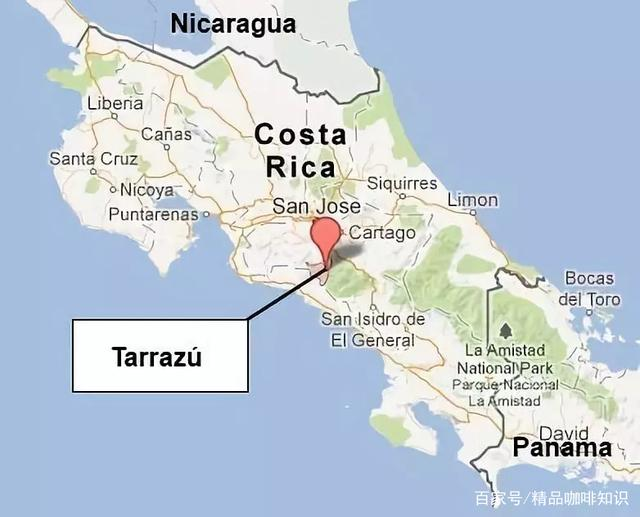
Coffee is often named after its producing area, country or variety, and here in Costa Rica it is named after its favorite music. The owner of Nate Manor loves classical music and when tasting a type of coffee, he will associate it with a musician according to the characteristics of the coffee taste. So the coffee beans produced by this manor are all named after musicians. The gorgeous flavor of Mozart coffee beans reminds the owners of Carnett of Mozart.
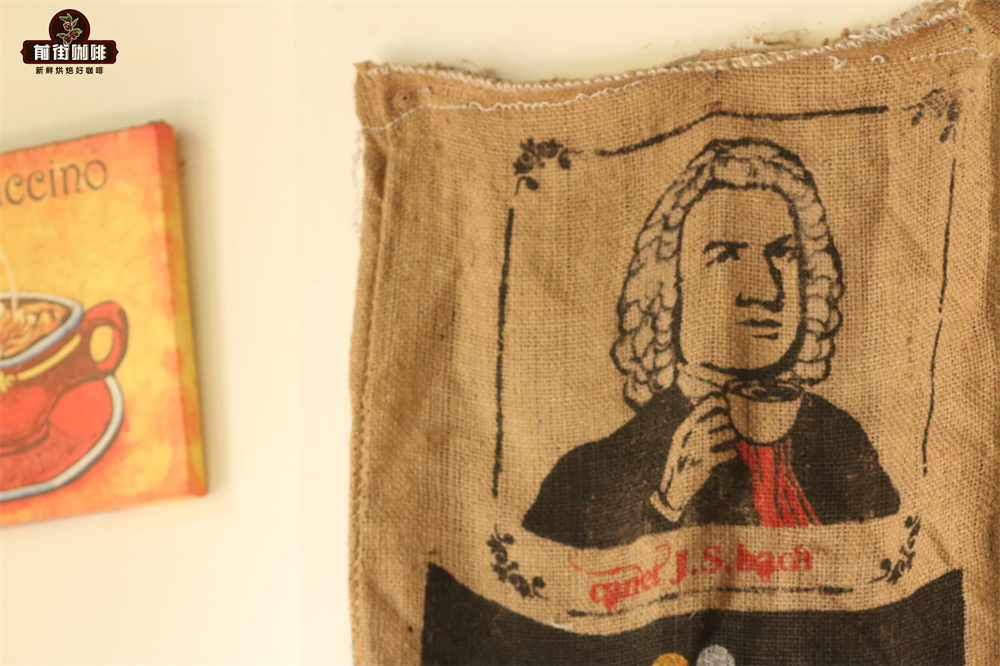
The coffee beans of the Qianjie musicians series are: Mozart Coffee and Baja Coffee.
Carnett Manor
Finca Canet Manor is a small estate covering an area of 5 hectares, located in the town of San Margos in the Tarazu producing area, the highest coffee growing area in Tarazu, which is the most intensive fruit growing area in Costa Rica. It is owned by three brothers, the Robles brothers Leo and Elian and Melvin, who have worked together for more than 10 years and have a small water treatment plant (Beneficio). They launched the musician series (Musican Series) products with a total of four beans, using different raw bean processing technologies, highlighting different unique features.
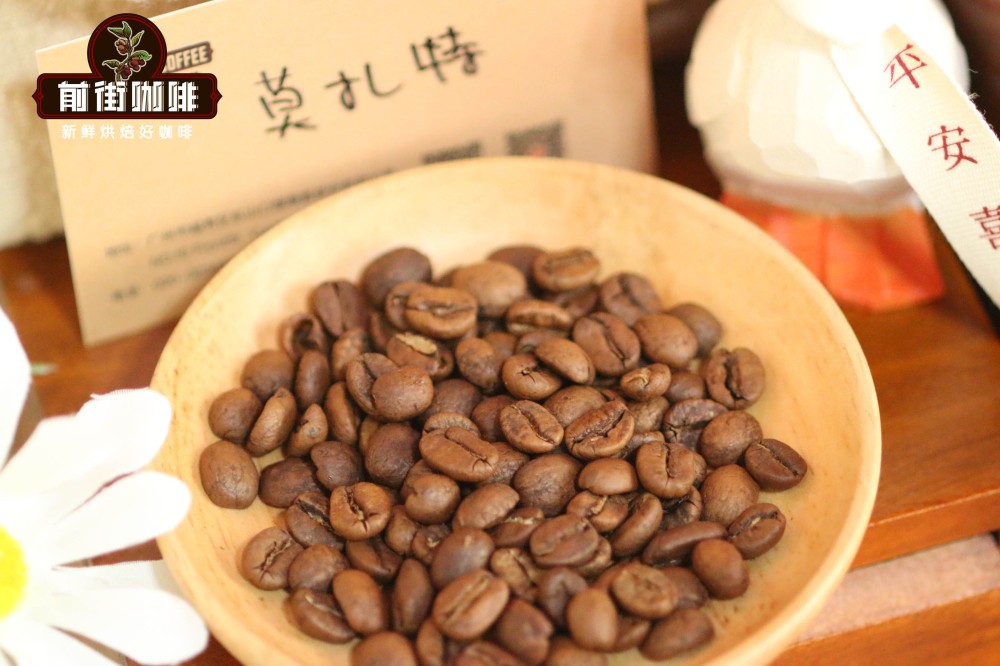
Costa Rican honey treatment
When it comes to honey treatment, you will definitely think of Costa Rica at the first time, because Costa Rica is famous for its honey treatment and coffee. Such as: Costa Rican Milasu coffee, blueberry coffee, Mozart coffee and Baja coffee.
Honey treatment, called HoneyProcess or Miel Process, is called Honey Coffee. It is used in coffee gardens in Costa Rica, Panama, Guatemala and other countries, and Costa Rican honey treatment of coffee beans is more well known. The so-called honey treatment refers to the process of making raw beans with mucous membrane (also known as pectin) for sun-drying. After the outer pulp of the coffee bean is removed, there will be a layer of sticky jelly (pectin). The traditional washing method washes it away with clean water, but this direct drying method has been born because of the limitations of water resources in some high-altitude areas.
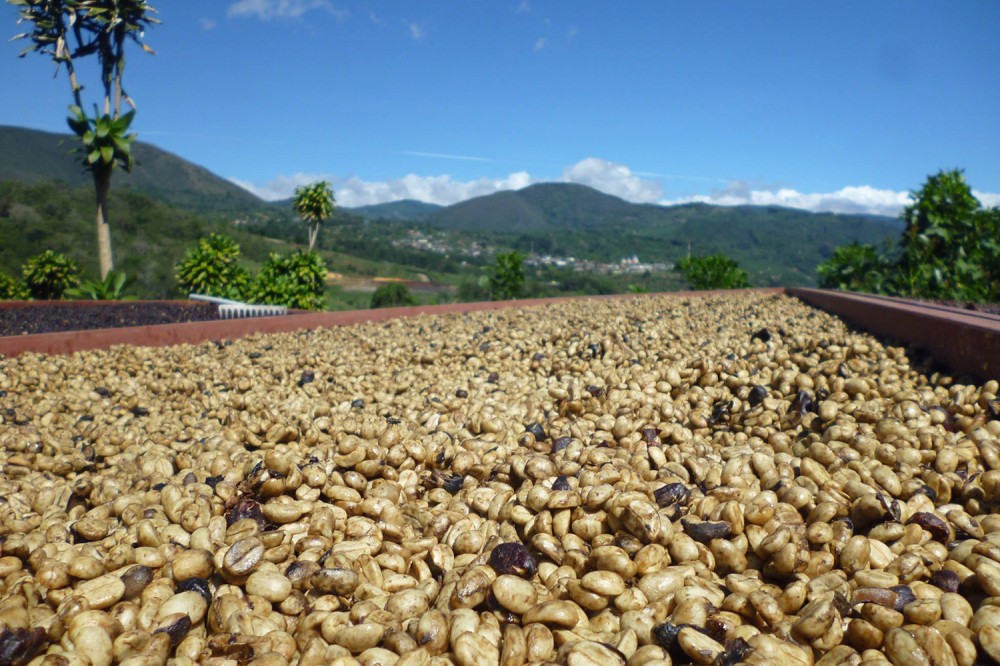
Qianjie believes that honey treatment has higher sweetness, higher sugar content and higher alcohol thickness than water washing. Costa Rican honey-treated coffee beans retain the cleanliness of the water treatment, although the brightness of the coffee has decreased, but increased sweetness and caramel taste. According to the degree of honey treatment, Costa Rican honey-treated coffee beans are divided into yellow honey treatment, red honey treatment and black honey treatment.
Mozart coffee raisin honey treatment
Mozart coffee raisin honey treatment is a way of double fermentation honey treatment, first the coffee fruit into a raisin state, and then peel honey treatment fermentation, the flavor will be more intense, and pectin preservation is higher than other honey treatments, 100% pectin honey treatment is really very raisin flavor. On the day of harvesting coffee cherries, pour the harvested coffee fruit into a big trough, the ripe and full fruit will sink to the bottom of the water, and the underdeveloped or overripe fruit will surface. These floating beans need to be removed. Dry the screened coffee fruits on an elevated bed for at least three days, then peel the cherries and retain the pectin before drying. This is a very sweet treatment, with the taste of white wine and balanced acidity, the flavor will be more fermented, and the pectin preservation is higher than other honey treatments.
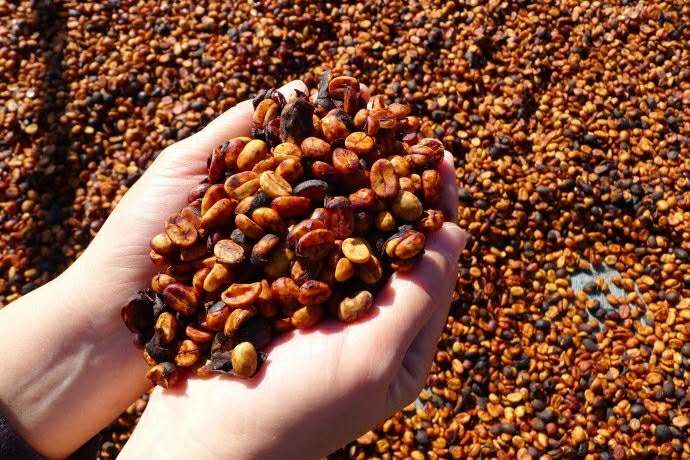
Mozart coffee has an unrestrained and elegant aroma of white flowers, after the entrance, its rich berry flavor highlights, and the latter part is as sweet as honey. The overall gorgeous flavor of this coffee bean corresponds to the gorgeous characteristics of Mozart, a child prodigy of classical music.
The Qianjie musicians' coffee series, Mozart Coffee and Bach Coffee, are both processed with grape dried honey.
Mozart coffee variety H1
There are many varieties of coffee, even many Ethiopian coffee are directly written about local native species, while the variety of Mozart coffee is H1, what kind of coffee is this?
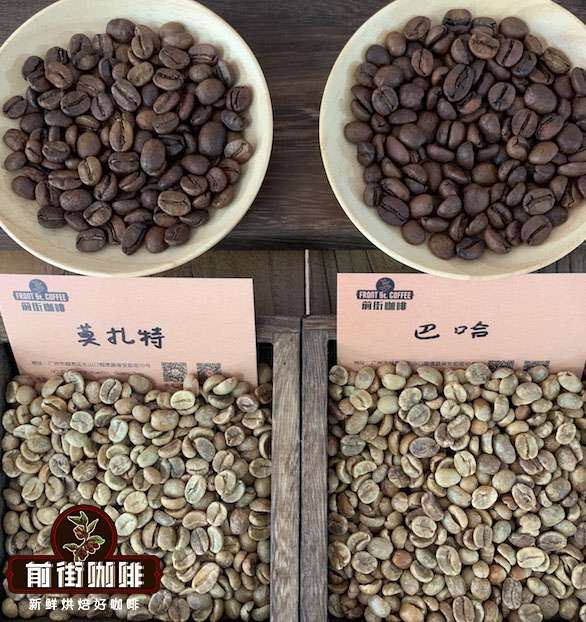
The full name of H1 is Centroamericano H1, which is continued to be studied by Sebaco laboratory in Nicaragua. H1 is a hybrid between Lumi Sudan and Sachimo T-5296. It was found in the Rumei Valley of the Boma Plateau in Sudan, hence its name.
According to the world coffee research, H1 coffee from Central America has very high yield and good quality potential. It is very suitable for agriculture and forestry. H1 is a small coffee tree with green leaf tips. The size of coffee beans is medium to high. This kind of coffee has good quality and flavor, but poor disease resistance. However, all the hybrids can inherit the genes with good flavor. The genetically stable H1 varieties had high productivity, potential high quality, adaptability and strong resistance to leaf rust, but were easily affected by American leaf spot.
Suggestion on brewing coffee in Qianjie
How can the coffee beans with this special treatment be boiled to taste better? Whether it's hand-made or Italian, Qianjie has always believed that the freshness of coffee beans is very important. The coffee beans shipped in Qianjie are all roasted within 5 days, because Qianjie is well aware that the freshness of coffee beans has a great impact on the flavor. The purpose of Qianjie roasting is "freshly roasted coffee", so that every guest who places an order is the freshest coffee when he receives it. The bean cultivation period of coffee is about 4-7 days, so when the guest gets it, it is the time when the flavor is the best.
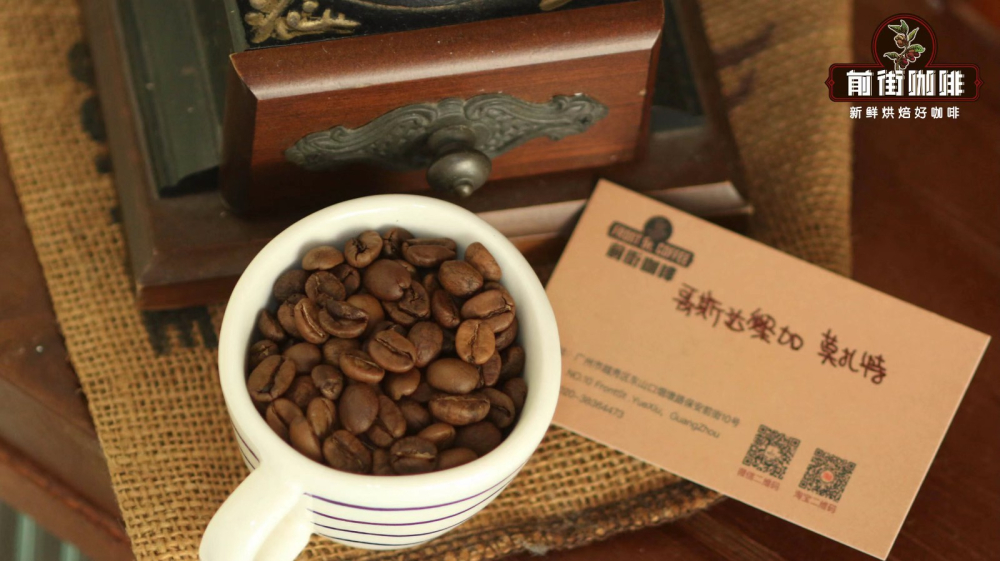
Of course, there are some customers who need help grinding powder in front of the street, which doesn't matter, but Qianjie has to warn: if the coffee beans are ground ahead of time, there is no need to raise the beans, because in the process of transportation, the pressure caused by carbon dioxide in the package can also make the coffee flavor mellow, so when you receive the coffee powder, you can immediately make a cup of coffee drink. But the coffee powder needs to be brewed in time, because the coffee powder oxidizes more quickly after contact with the air, that is to say, the flavor of the coffee will dissipate more quickly, and the flavor of the coffee is not so good. Therefore, Qianjie suggests buying whole beans, grinding and flushing now, so that we can better taste the flavor of coffee.
Parameters for making Mozart coffee in front of the street:
Qianjie Coffee uses Hario V60 filter cup when brewing musician series coffee. V60 tapered filter cup mouth is relatively large, coupled with its unique spiral curve ribs, so that the air can be discharged more easily to improve the extraction quality. The taste may not be thick enough, but its high concentration of sweet and sour and obvious aroma is a major feature of it.
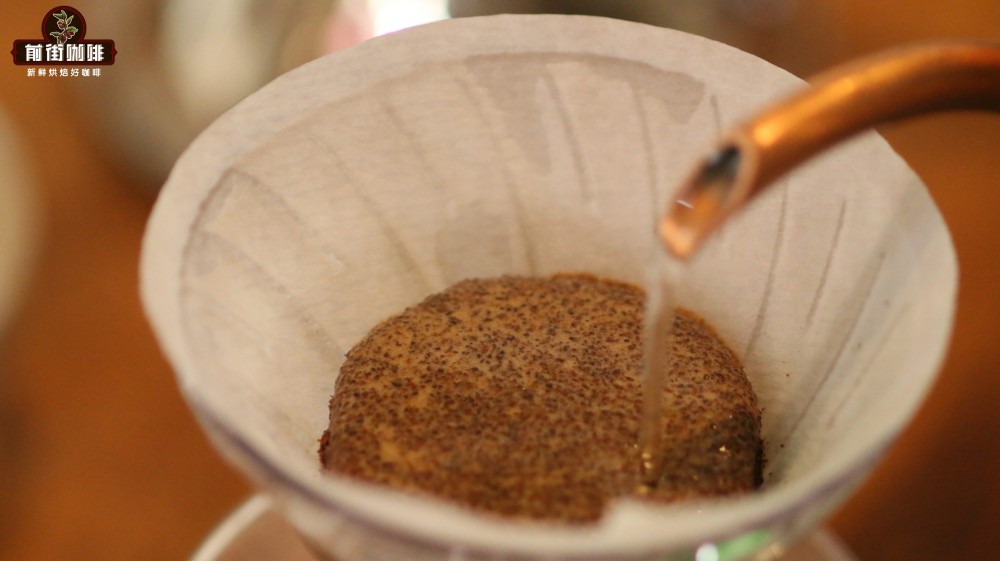
Filter cup: Hario V 60, water temperature: 90 ℃, powder content: 15g, ratio of powder to water: 1:15, degree of grinding: medium and fine grinding (Chinese standard No. 20 sieve pass rate 80%)

Mozart coffee flavor: wet fragrance is sweet-scented osmanthus and fermented fragrance. The palate has complex aromas of flowers and fermented sauce, with sweet notes of raisins and dried fruits, sour notes of carambola and berries, and sucrose.
The special treatment of coffee beans is indeed sweeter in flavor than that of daily washing and sun treatment, and the fermentation flavor is also heavier. With the implementation of boutique coffee, the emergence of a variety of treatments is also normal. Honduran whisky-treated sherry coffee is the hot bean on the front street. Of course, Ethiopian washed and sunburned coffee is also liked by many people, especially the fresh jasmine fragrance and bright citric acid and berry notes of washed Yega Xuefei coffee. As the saying goes, one person has one flavor, so different flavors are different in different producing areas. In Qianjie, there are more than 50 kinds of individual coffee from different producing areas, so you can experiment with the idea of experiencing different coffee flavors.
Professional coffee knowledge exchange more coffee bean information please follow the coffee workshop (Wechat official account cafe_style)
For more boutique coffee beans, please add private Qianjie coffee on Wechat. WeChat account: qjcoffeex
Important Notice :
前街咖啡 FrontStreet Coffee has moved to new addredd:
FrontStreet Coffee Address: 315,Donghua East Road,GuangZhou
Tel:020 38364473
- Prev
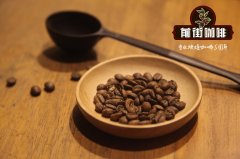
Musician series Mozart coffee how to drink Mozart coffee brewing parameters sharing
Professional coffee knowledge exchange more coffee bean information please follow the coffee workshop (Wechat official account cafe_style) front street-Costa Rican musicians series Mozart brewing sharing Costa Rican musicians series Mozart grade: SHB production area: Tara beads roasting degree: shallow roasting treatment: raisin honey treatment varieties: Huang Kaduai Manor: Carnett Manor
- Next

How about Costa Rican Bach Coffee? musicians hand-share Baja Coffee
Professional coffee knowledge exchange more coffee bean information please follow the coffee workshop (Wechat official account cafe_style) front street-Costa Rican musicians series Baha hand sharing Costa Rican Carnett musicians series Baja Costa Rica Canet Musician Bach countries: Costa Rica production area: Tarrazu altitude: 1950m treatment: grape honey treatment
Related
- Beginners will see the "Coffee pull flower" guide!
- What is the difference between ice blog purified milk and ordinary milk coffee?
- Why is the Philippines the largest producer of crops in Liberia?
- For coffee extraction, should the fine powder be retained?
- How does extracted espresso fill pressed powder? How much strength does it take to press the powder?
- How to make jasmine cold extract coffee? Is the jasmine + latte good?
- Will this little toy really make the coffee taste better? How does Lily Drip affect coffee extraction?
- Will the action of slapping the filter cup also affect coffee extraction?
- What's the difference between powder-to-water ratio and powder-to-liquid ratio?
- What is the Ethiopian local species? What does it have to do with Heirloom native species?

